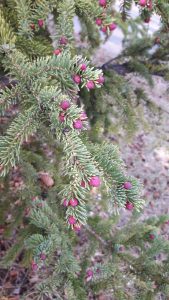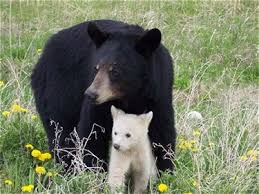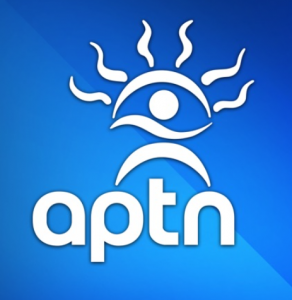Module 4: Ecological Issues in Indigenous Education and Technology

Entry 5: A framework to address climate change and sustainability
In his essay, Cajete presents a framework for building resilient and sustainable communities through Indigenous science. What stood out to me was the definition he used for Indigenous science, “that body of traditional environmental and cultural knowledge unique to a group of people which has served to sustain that people through generations of living within a distinct bioregion”
This definition and the framework provided directly inform my project as two of my guiding principles to incorporate Indigenous ways of knowing, doing and being are Local Learning and working within a Collaborative Community.
Cajete, G. A., (2020). Indigenous science, climate change, and Indigenous community building: A framework of foundational perspectives for Indigenous community resilience and revitalization Sustainability 2020, 12(22), 9569. https://doi.org/10.3390/su12229569



